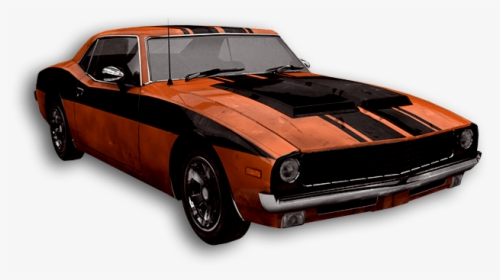California Cruisin' Page Two


Click image for full sized image (3600x3000 pixels)
Did You Know? - As early as the 1960s, some towns established ordinances to prohibit driving through parking lots without stopping and the police issued tickets for loitering and curfew violations. Increasingly, cruisers would travel from wider areas to gather on popular strips, with police viewing these visitors as troublemakers. Reports of clashes between groups of cruisers began to appear in local newspapers.
However, cruising continued to remain popular, with wildly painted vans and pickup trucks joining hot rods and muscle cars in the 1970s. In many locales, there was a generally positive relationship with law enforcement. Racing in populated areas was discouraged by police surveillance and traffic, but cruisers engaged in other games such as mooning onlookers, laying rubber when a signal turned green, and "chinese fire drills" in which all occupants of a car stopped at a light would get out, run around the car, and jump back in.

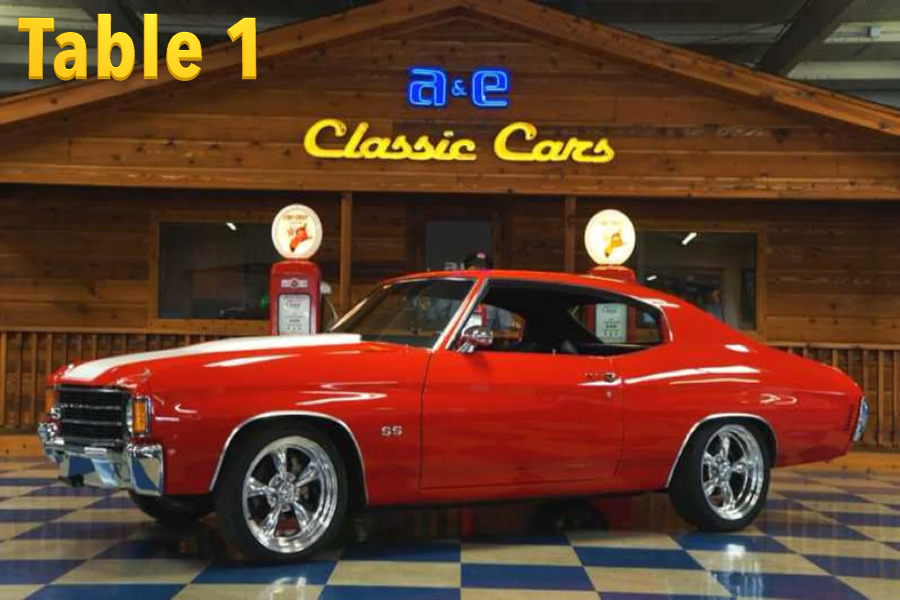
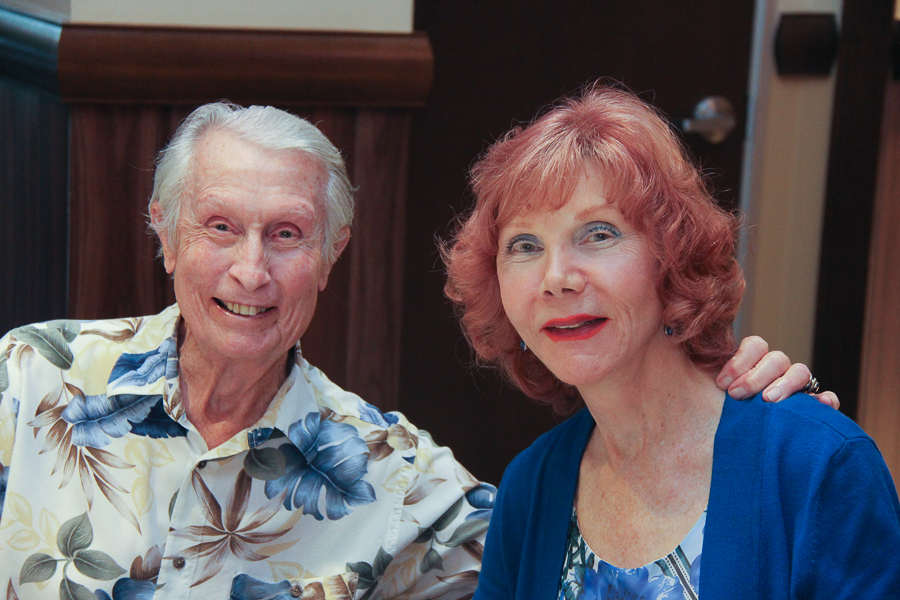
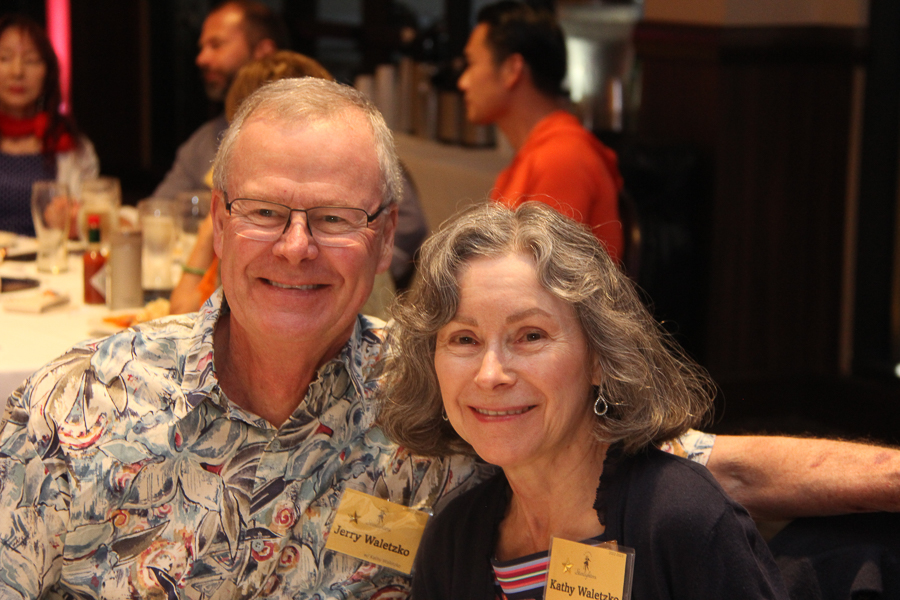


Did You Know? - One of the oldest cruising strips in East Los Angeles is located on Whittier Boulevard. Cruising on this strip became a popular pastime among lowriders during the 1940s before spreading to surrounding neighborhoods in the 1950s.
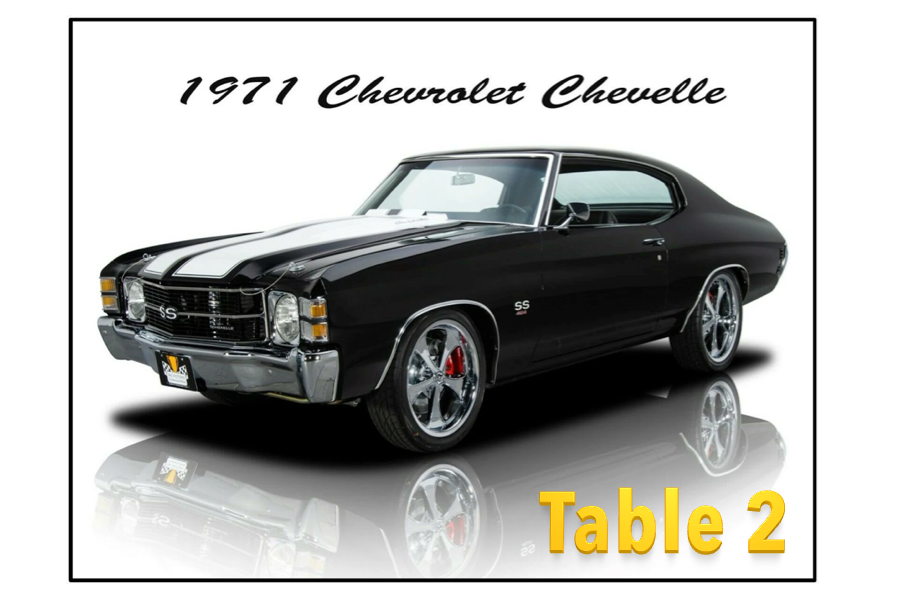
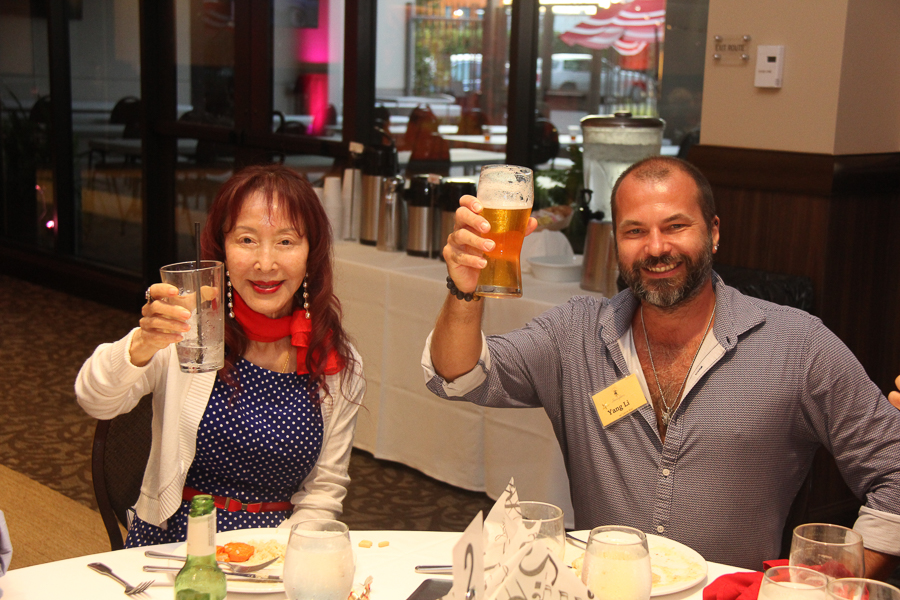
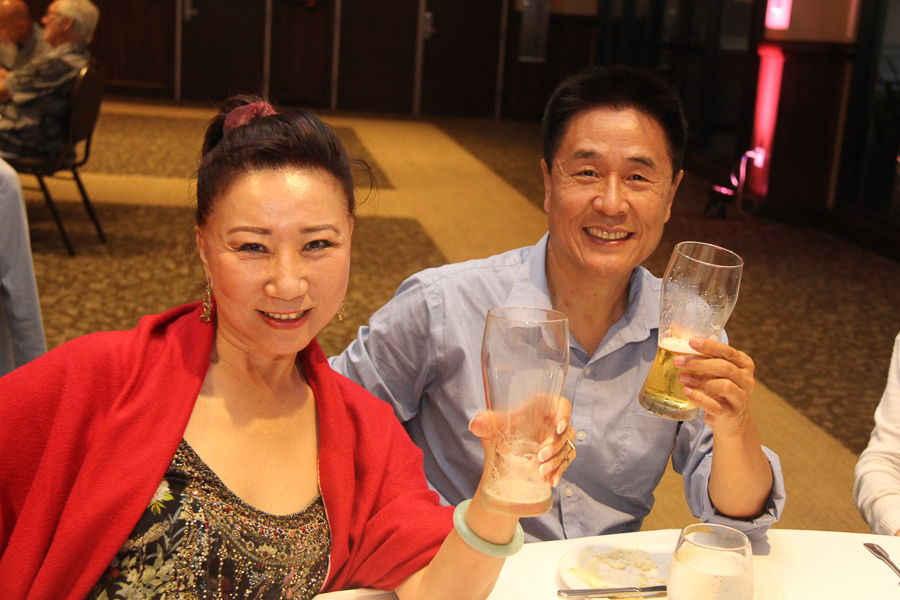
Diana Chang and Pat Cheng; guests of Andrea Miao
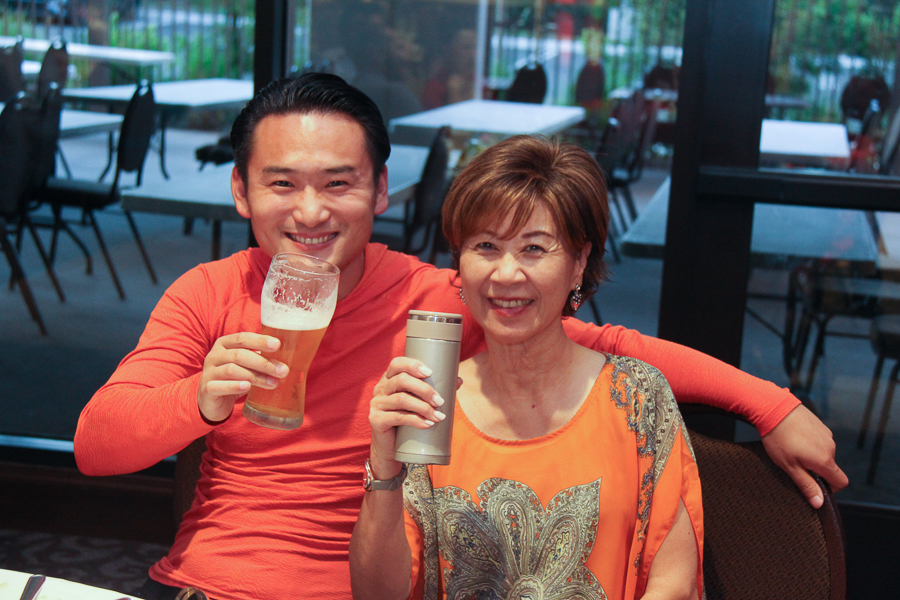
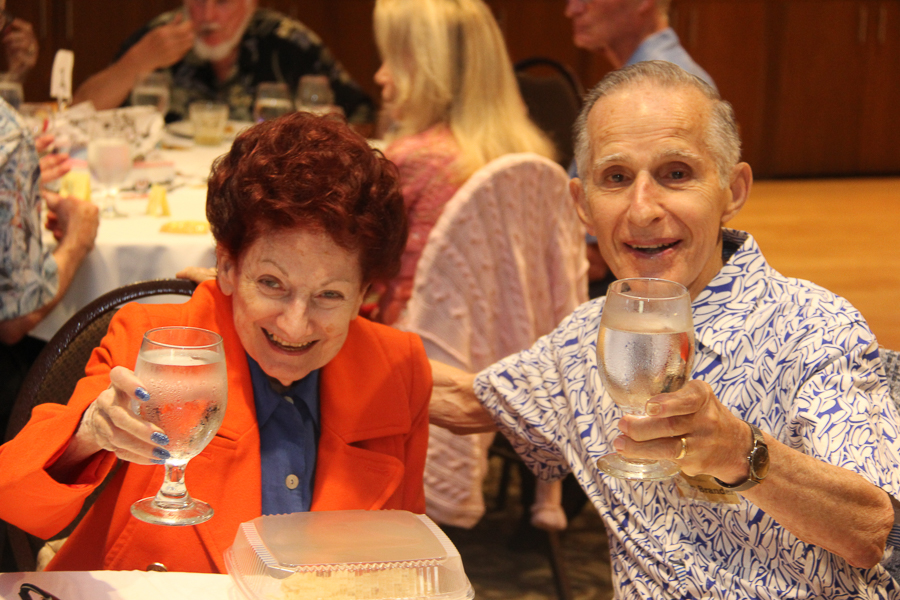
Did You Know? - Van Nuys Boulevard in the central San Fernando Valley has been a popular cruising strip since the 1950s; the 1979 film Van Nuys Blvd. depicted the cruising culture on the strip. In the late 1970s, the Wednesday night cruise on Van Nuys attracted up to 40,000 cars. Sunset Boulevard was another popular cruise strip

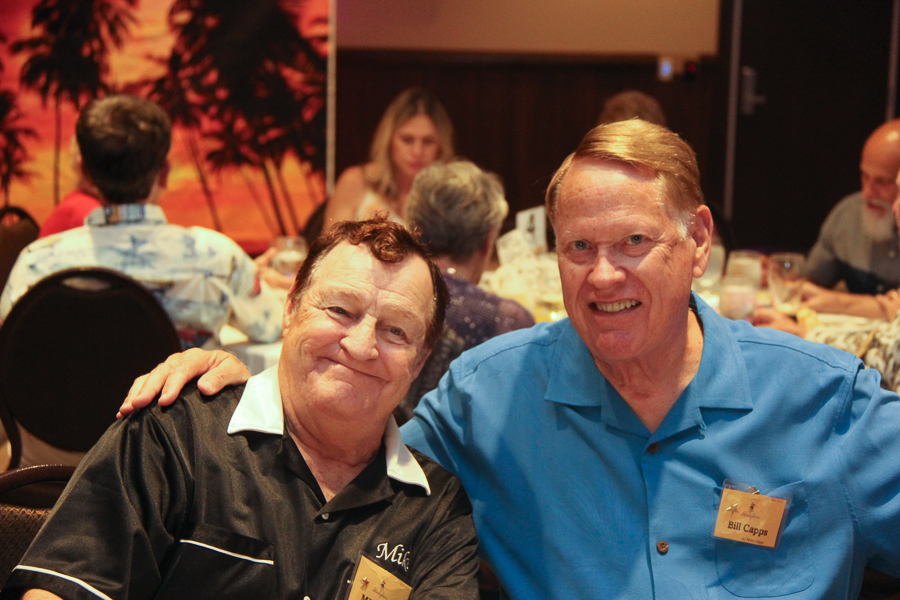
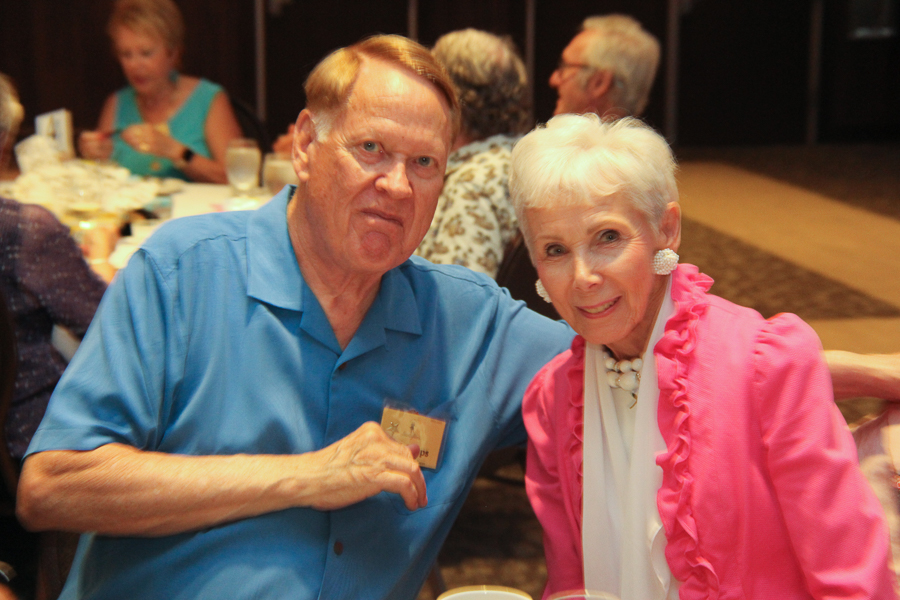
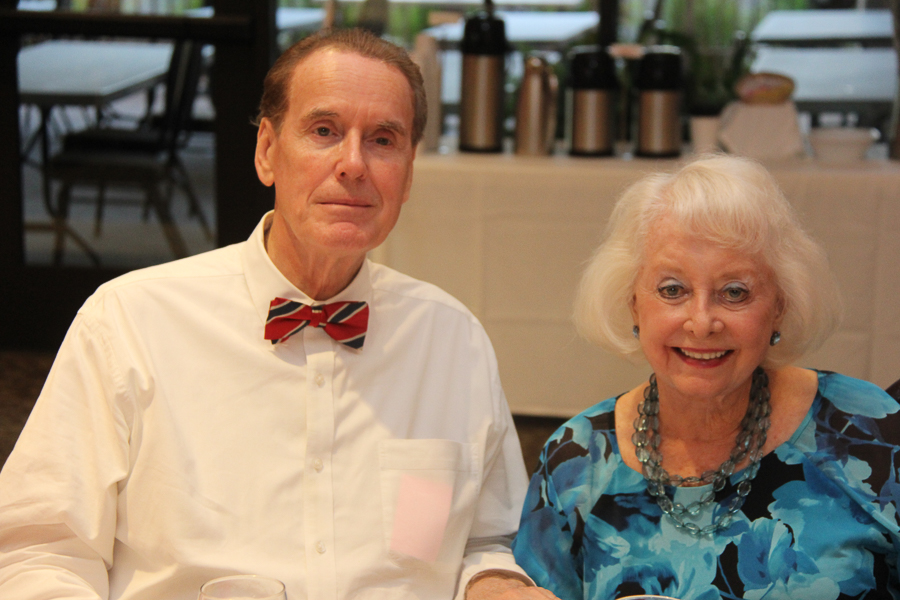
Claude and Noel Stone; guests of the Capps
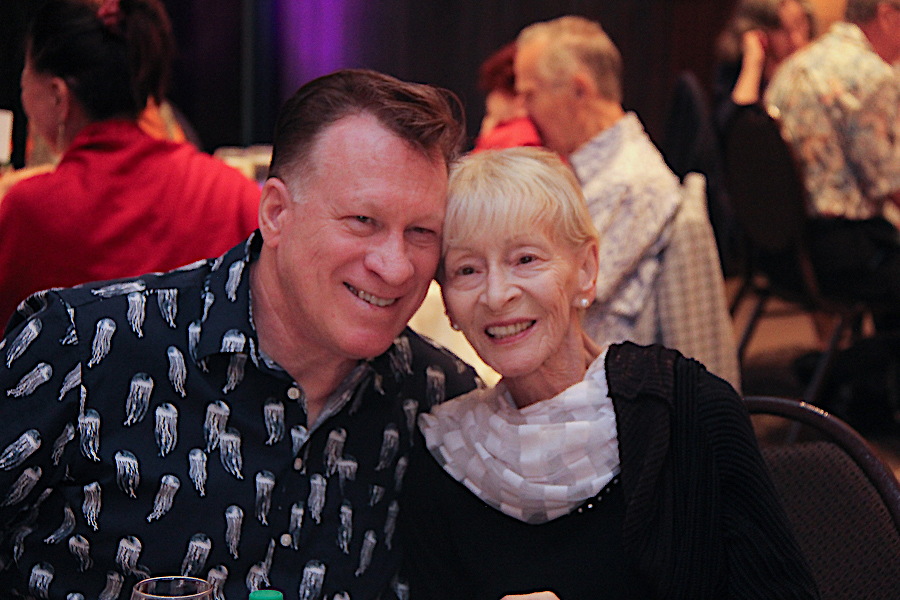

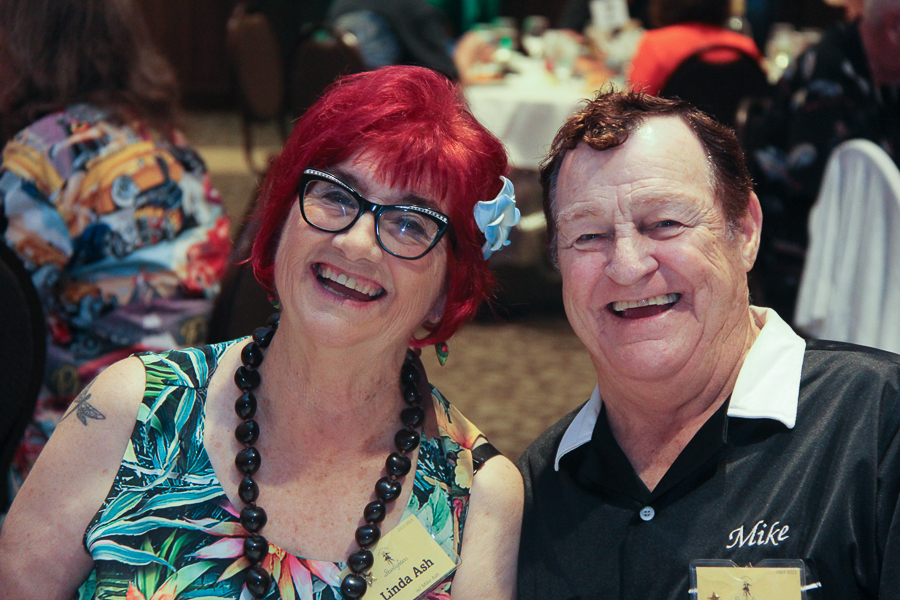
Did You Know? - Perhaps the most famous cruising strip (or main drag), however, is McHenry Avenue in Modesto, California. The cruising culture of the late 1950s and early 1960s was depicted in the film American Graffiti. The film was set (but not actually filmed) in director George Lucas's home town of Modesto, which also hosts an annual "Graffiti Summer" celebration in the film's honor.

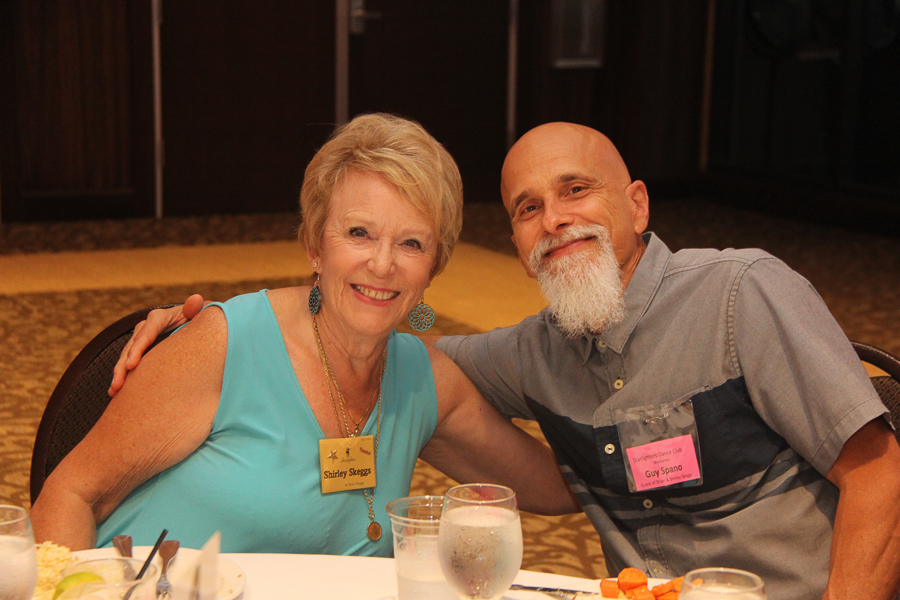
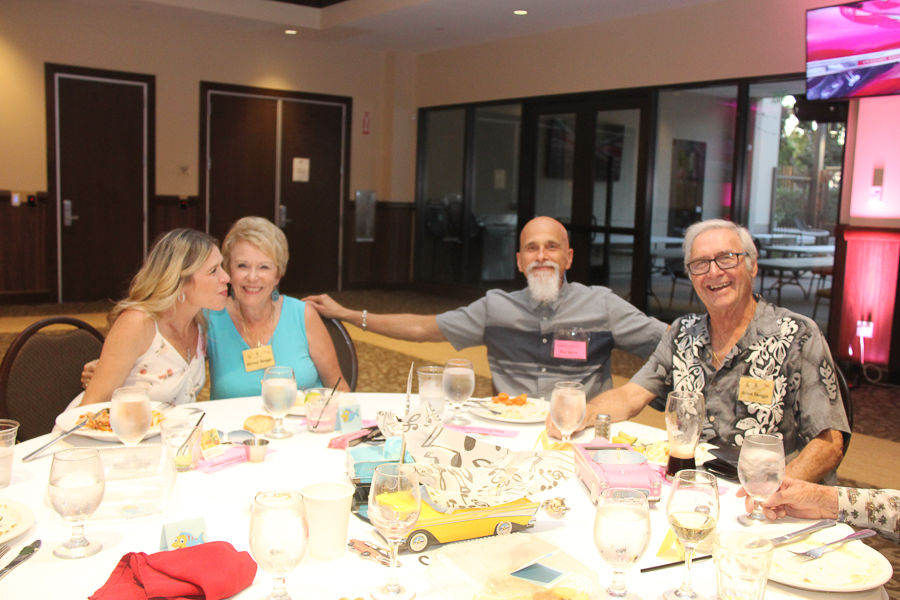
Guy and Jennifer Spano; Visiting past members and guests of their parents the Skeggs

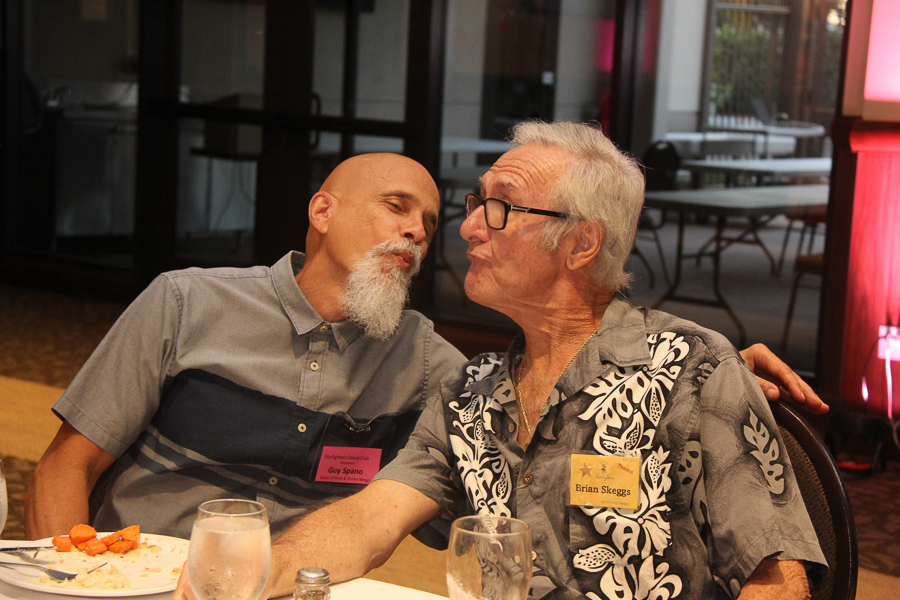


Did You Know? - Cruising culture was an evolution of old traditions of strolling down Main Street or around the town square. Although cruising was predominantly boys showing off their cars (ostensibly to meet girls), groups of girls joined in cruising as well. One appeal of cruising was that youths could evade the supervision of parents and family.

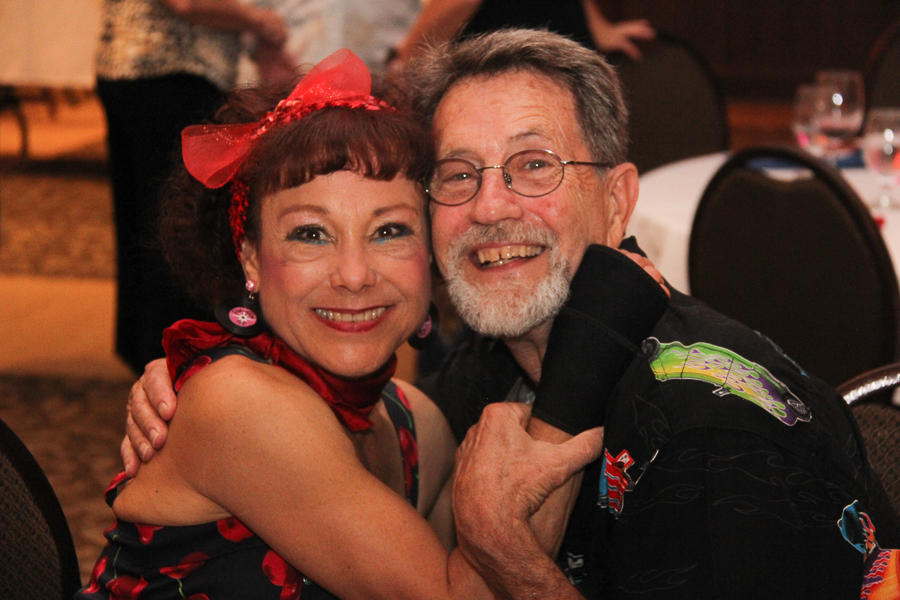





Kevin Tsang & Rosa Yeung; guests of Donna and Bob Zaitz
Did You Know? - Driving slowly down long, straight streets, preferably with many traffic lights to increase opportunities to talk to other cruisers or pedestrians, was only one part of cruising. Cruisers would also gather in parking lots, particularly those of drive-ins. As a Tucson journalist noted, "Cruisers, like moths and June bugs, eventually congregate around brightly lighted areas." Cruisers were also apt to arrange impromptu races with other cruisers
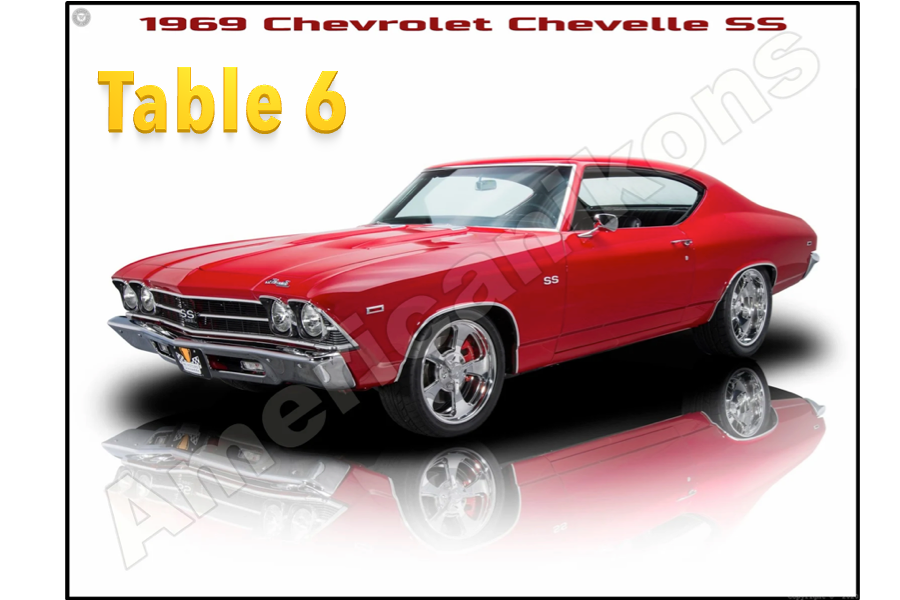
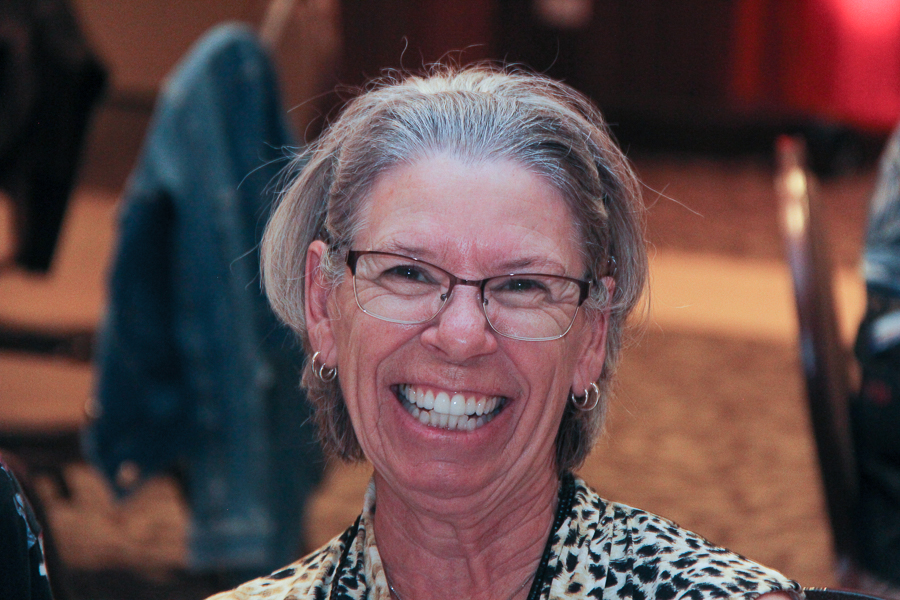
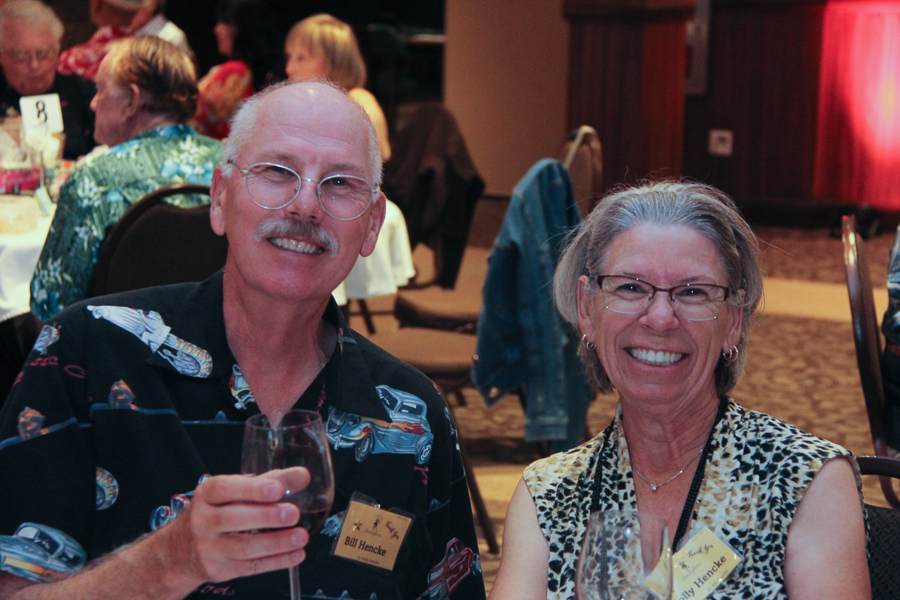
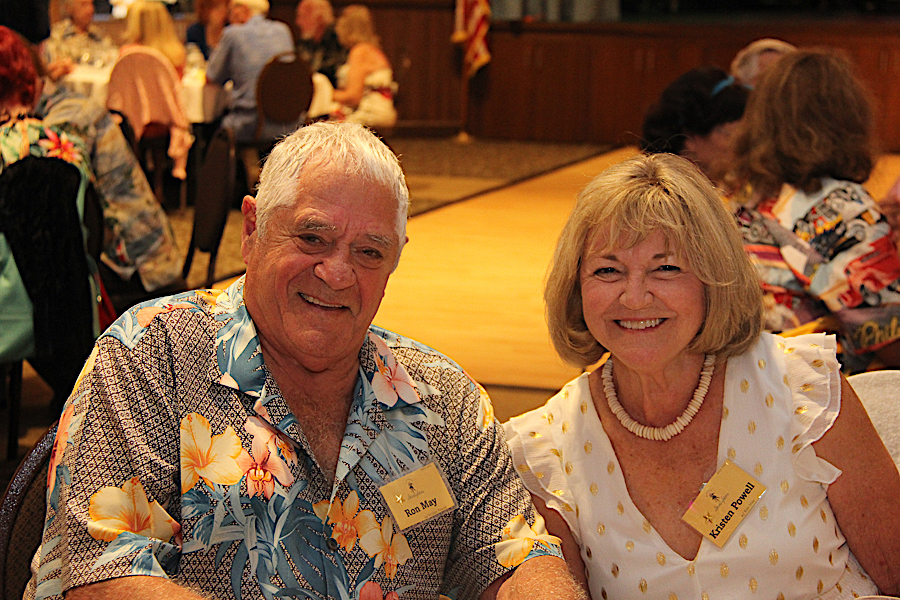

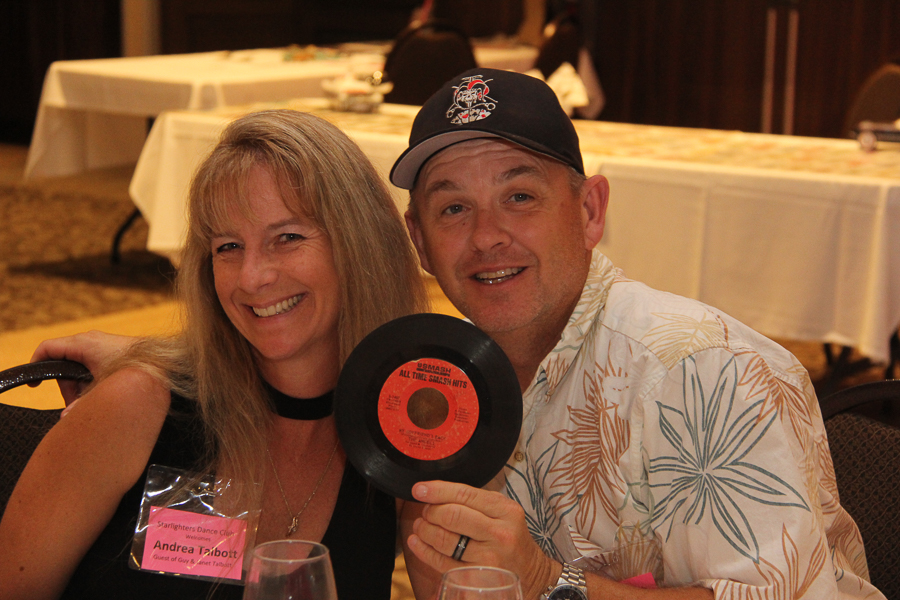
John Clark and Andrea Talbott; visiting past members and guests of their parents, the Talbot's

Did You Know? - As early as the 1960s, some towns established ordinances to prohibit driving through parking lots without stopping and the police issued tickets for loitering and curfew violations. Increasingly, cruisers would travel from wider areas to gather on popular strips, with police viewing these visitors as troublemakers. Reports of clashes between groups of cruisers began to appear in local newspapers

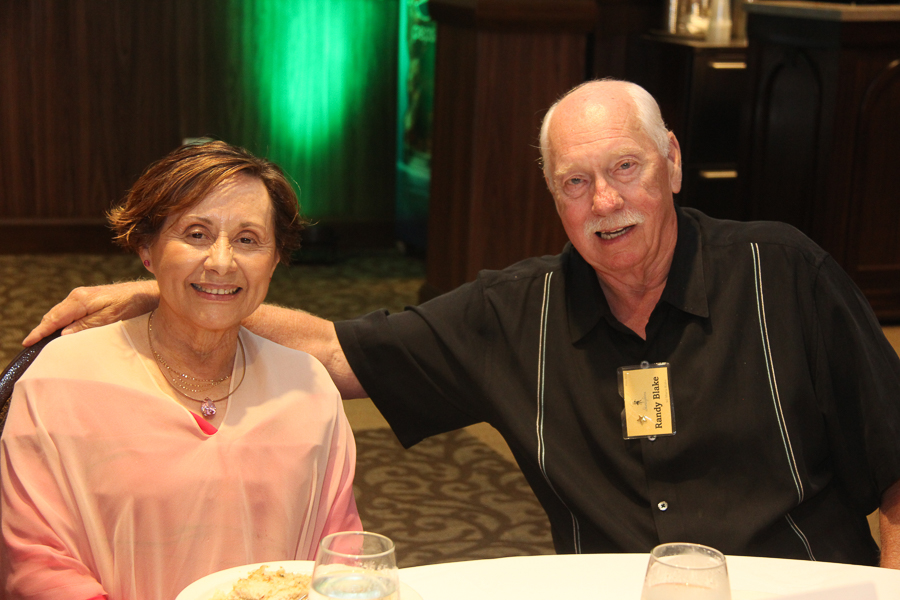
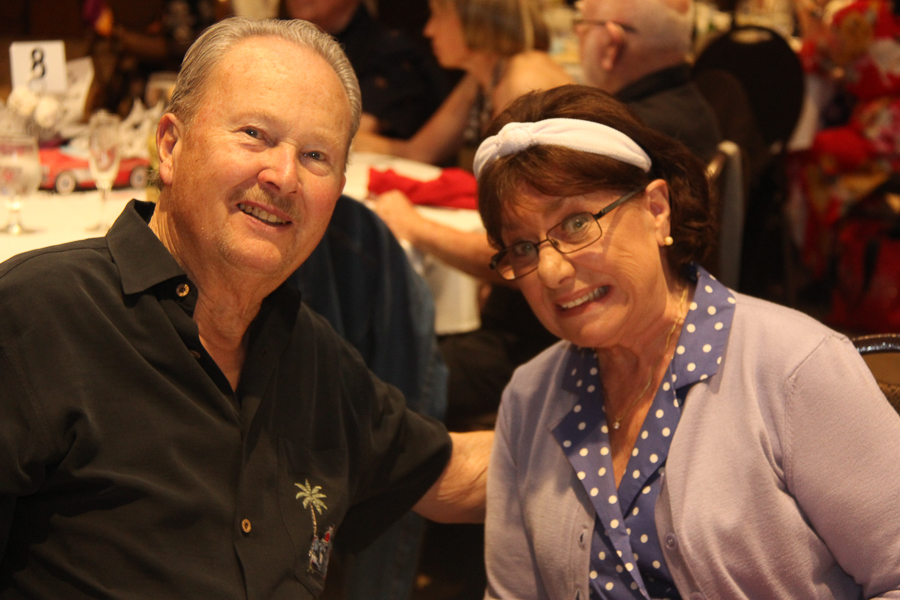
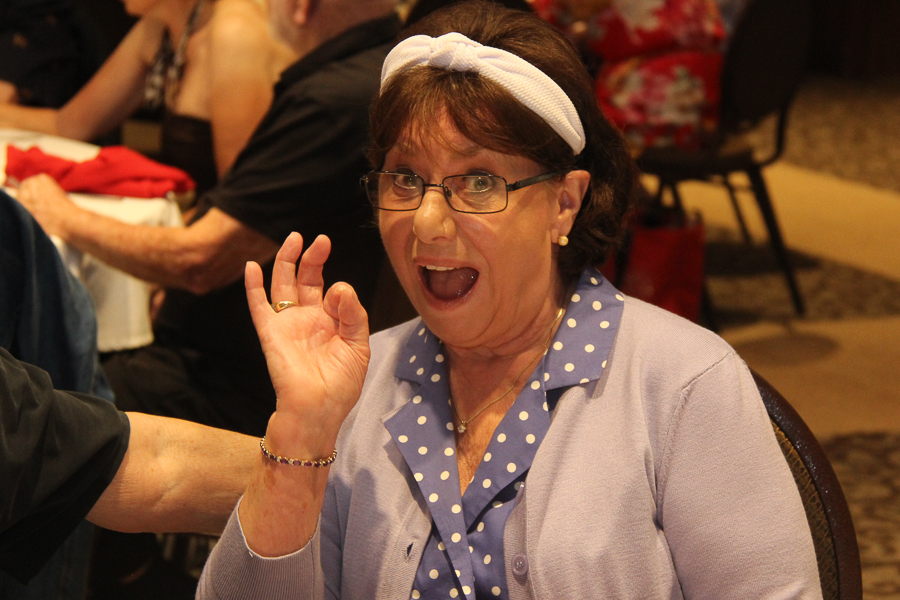
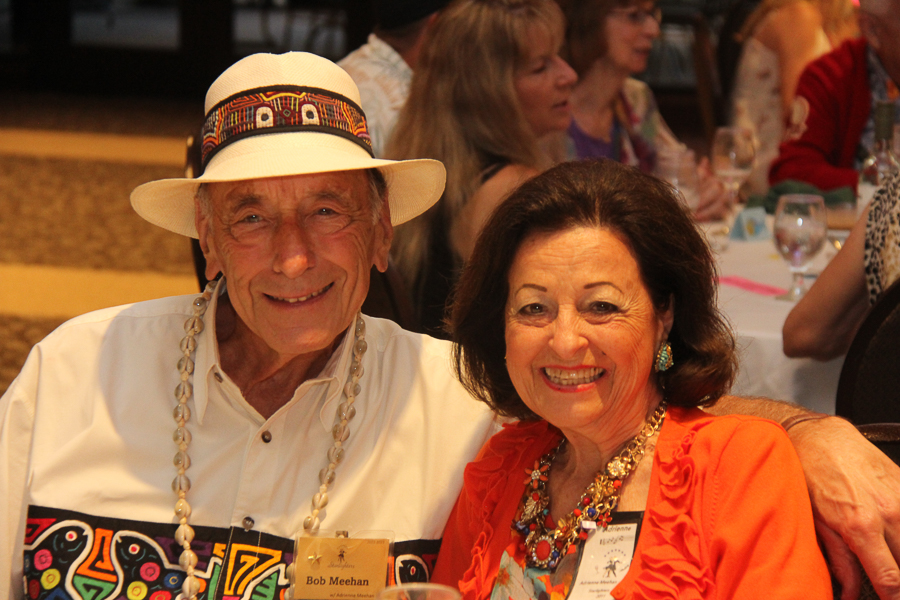
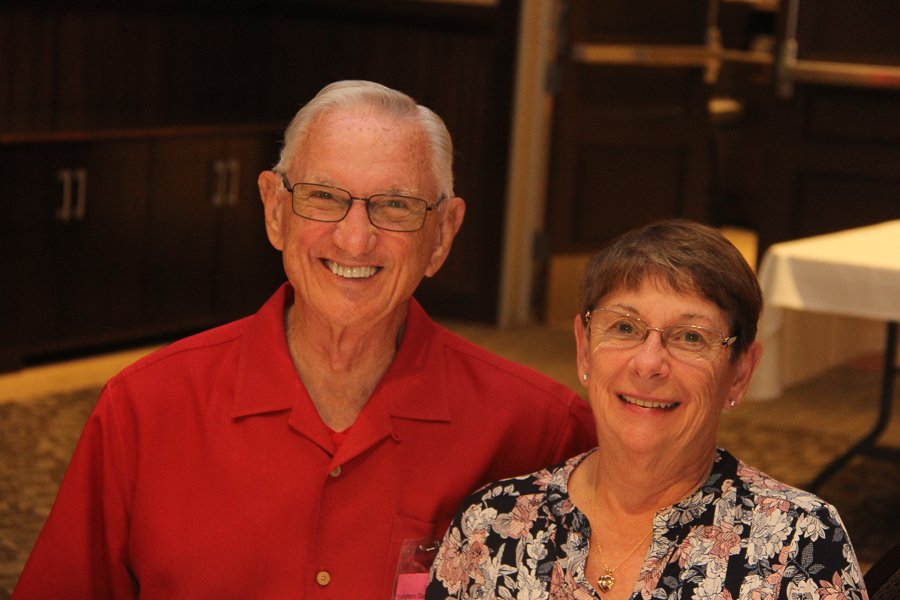
George and Sarah McDaniel; guests of the Blake's

Did You Know? - However, cruising continued to remain popular, with wildly painted vans and pickup trucks joining hot rods and muscle cars in the 1970s. In many locales, there was a generally positive relationship with law enforcement. Racing in populated areas was discouraged by police surveillance and traffic, but cruisers engaged in other games such as mooning onlookers, laying rubber when a signal turned green, and "chinese fire drills" in which all occupants of a car stopped at a light would get out, run around the car, and jump back in.
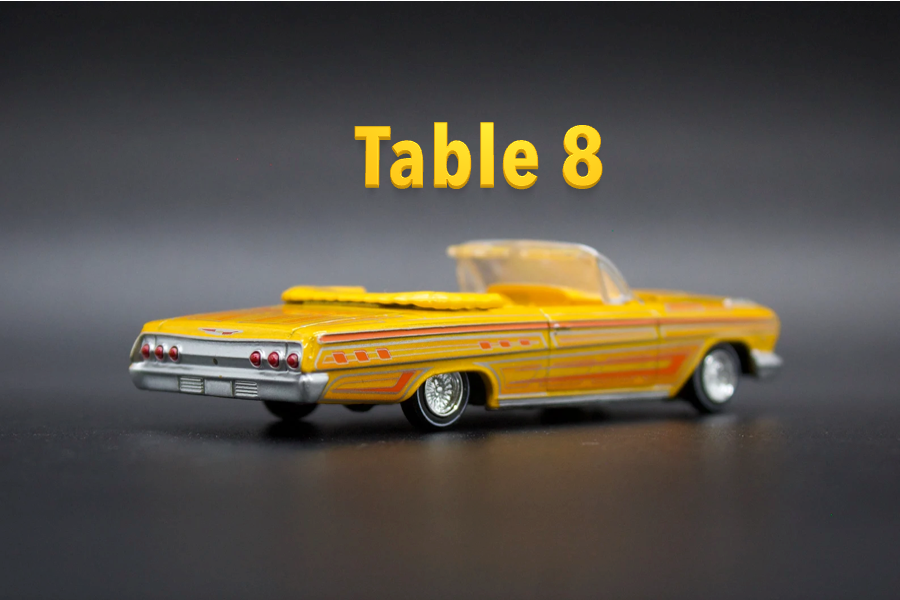

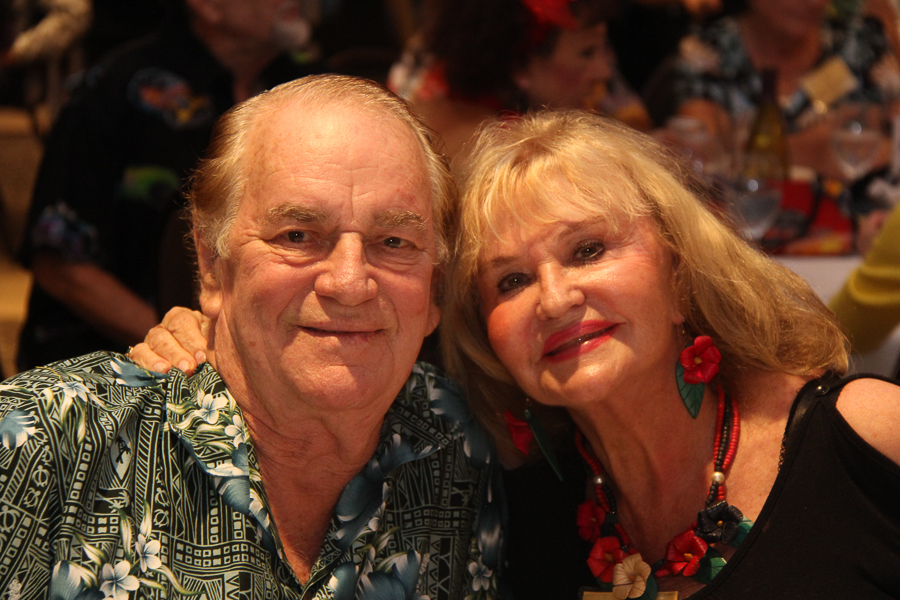

Did You Know? - There was some decline in cruising in the 1970s, possibly connected to the rise of gas prices but also due to a growing change in community attitudes toward cruising. The San Francisco Bay Area had a "cruising summit" in 1977 for area police to discuss "our mutual problems with cruising". The gathering numbers of vehicles and increases in tensions and violence led many communities to begin looking for ways to discourage cruising, despite many adults retaining a permissive acceptance of cruising with nostalgia for their own cruising days. Although business merchants and shoppers had been inconvenienced for years by cruisers, tolerance had dissipated and law enforcement was encouraged to step in.
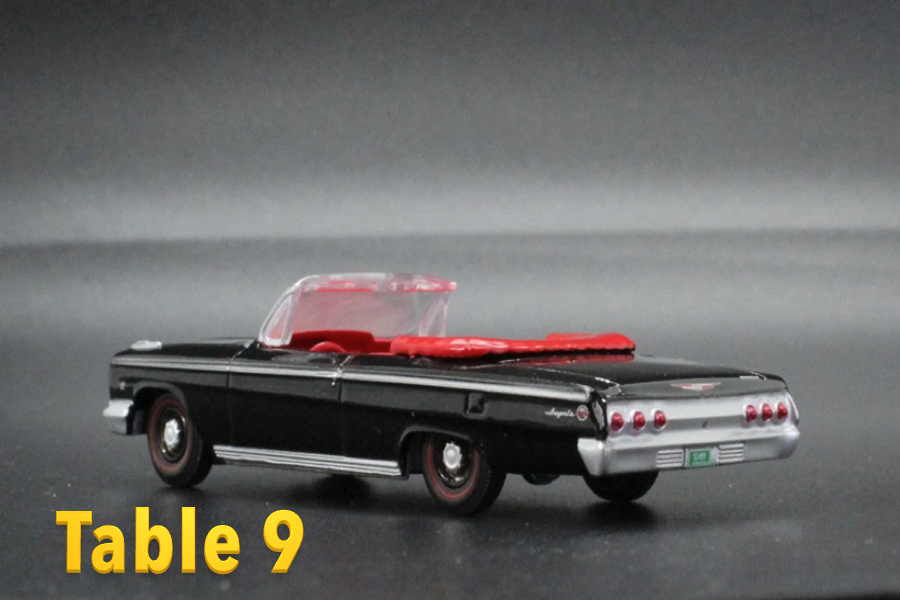

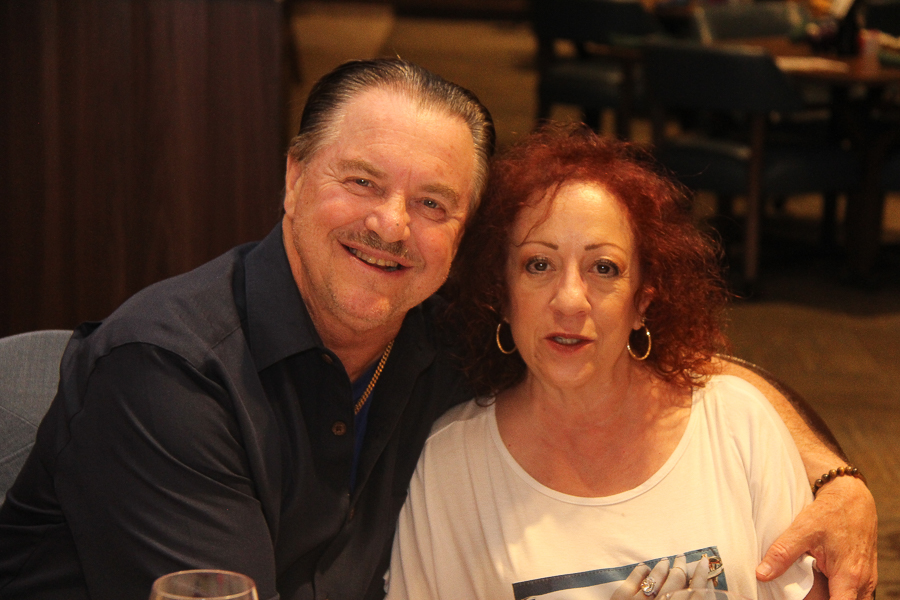
Al and Marie Schneidger; guests of the Plotniks
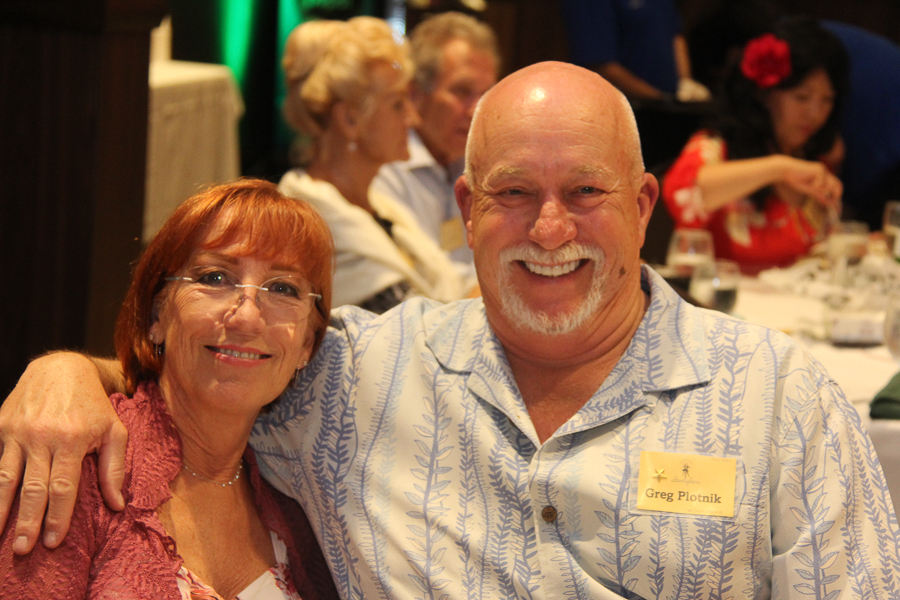
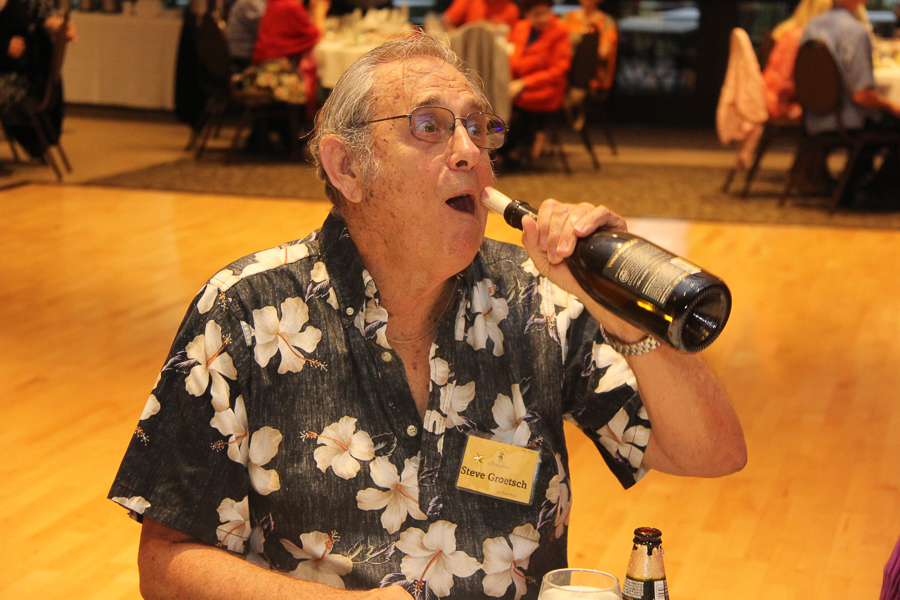
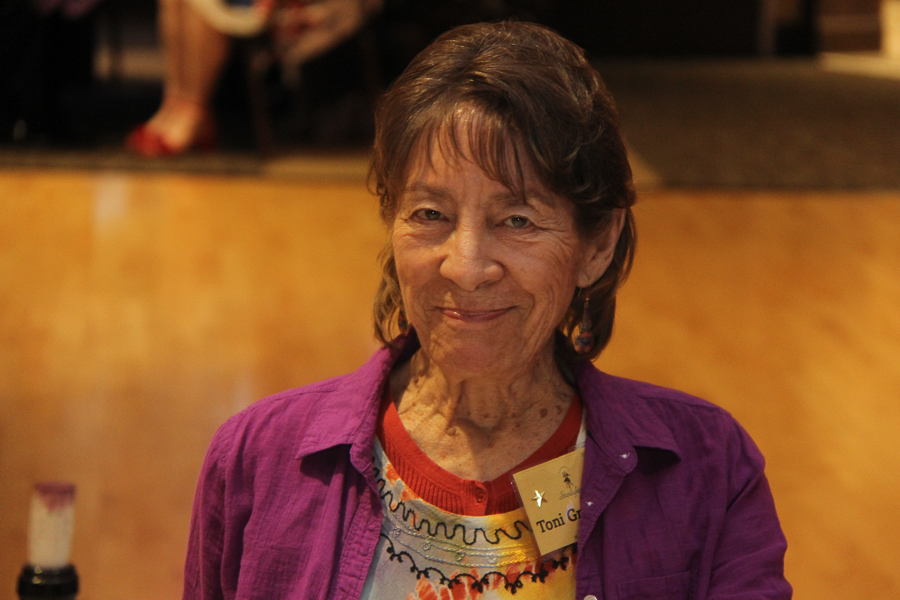
Did You Know? - During the summer of 1974, Los Angeles police began cracking down on cruising, first by banning parking along Van Nuys Boulevard and then in August making it a one-way street. The following summer, as many as 15,000 youths from as far away as San Diego converged on Van Nuys, encouraged by local disc jockeys.
A similar crackdown on Whittier Boulevard led to the formation of a cruiser's rights group. Police barricaded portions of Whittier in an attempt to disrupt cruising, but even local adults objected to this practice.
Other measures were tried, such as shutting portions of Whittier down completely at night. Cruisers moved to Highland Avenue, resulting in the arrest of 170 during the second weekend of September 1979.
The following summer, a section of Van Nuys was closed after 9 p.m. The rationale for the blockade was that it only required fifteen police to close the road, but they would need at least 150 officers to police the 15,000 cruisers who had gathered there.

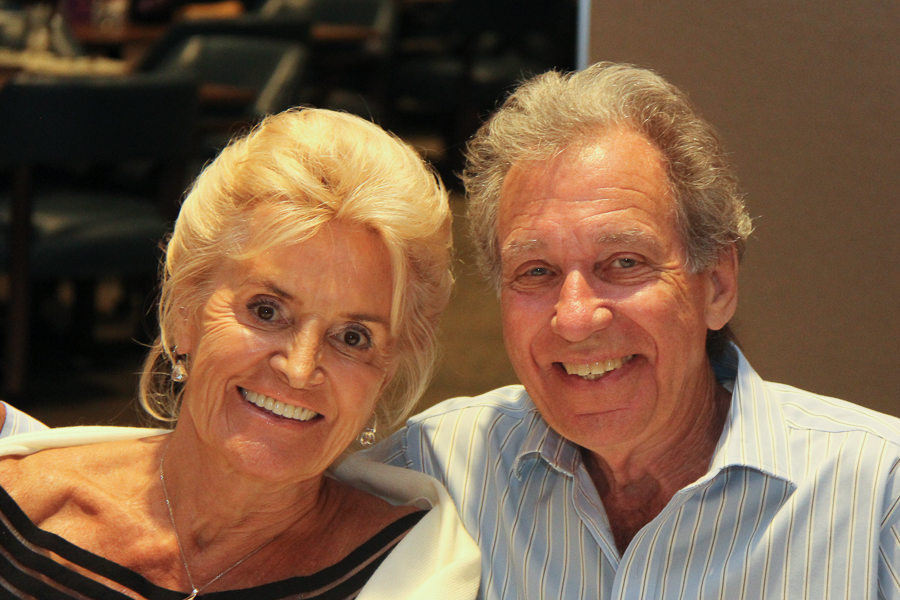

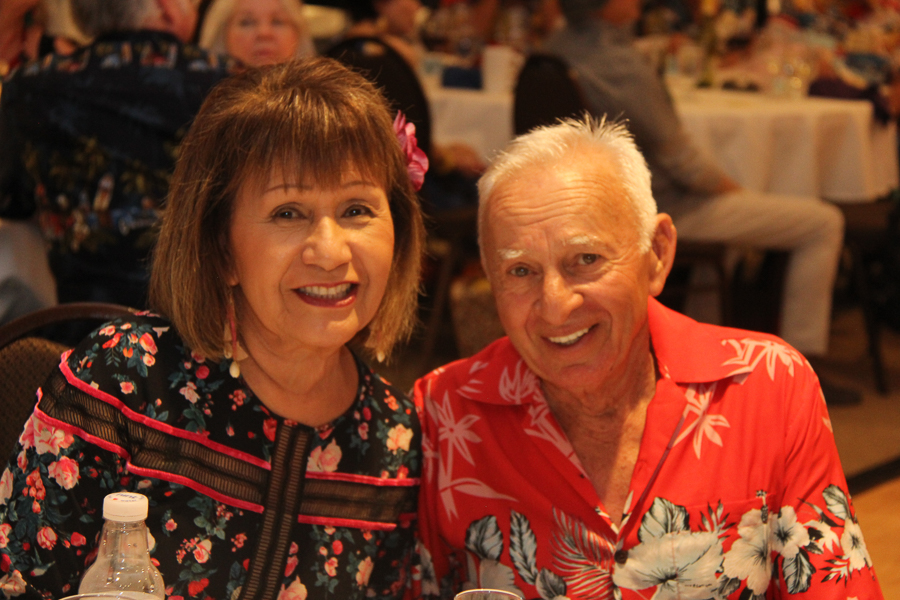
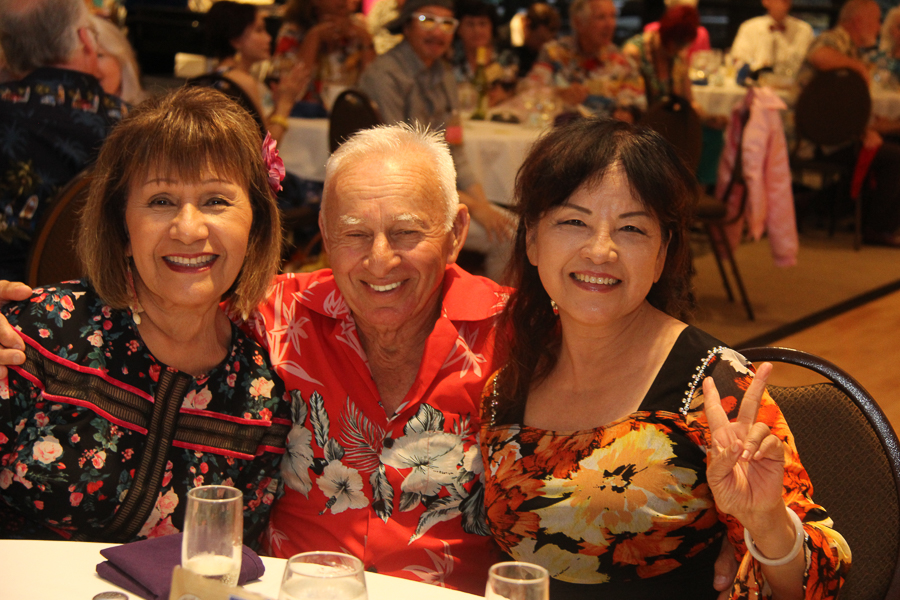
Did You Know? - As quickly as one strip became unusable, cruisers would find new sites. It became a persistent battle between authorities and cruisers. In 1982, the California state legislature passed a law that gave cities express sanction to shut down streets being used for cruising, when driving "for purposes of socializing and assembling interferes with the conduct of businesses, wastes precious energy resources, impedes the progress of general traffic and emergency vehicles, and promotes the generation of local concentrations of air pollution and undesirable noise levels"
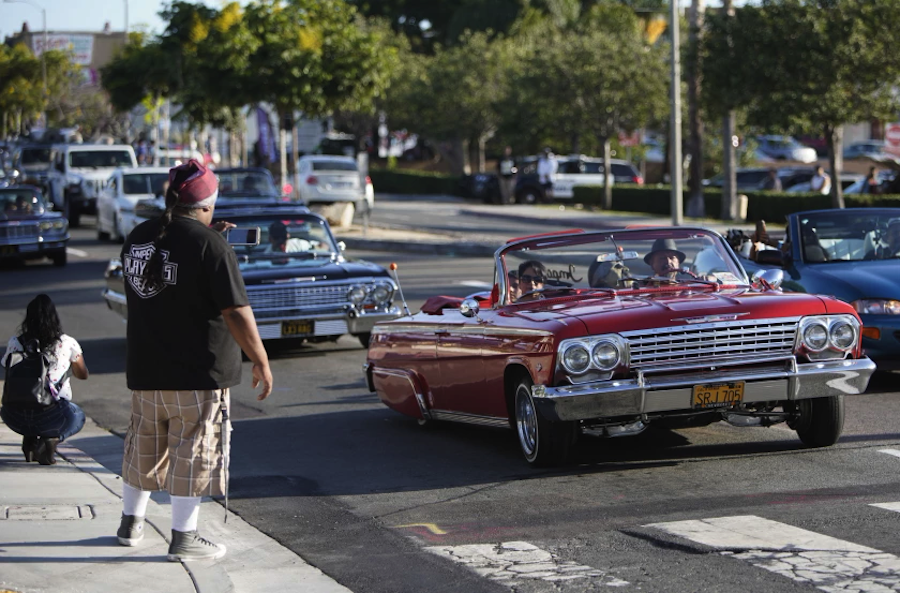
Movin' on down the boulevard in class!

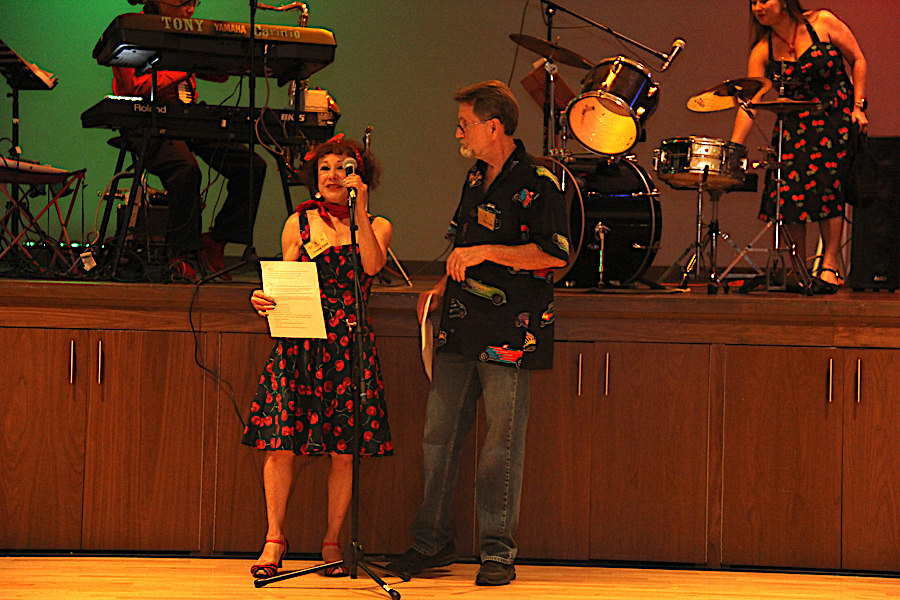

1960s Terminology:
- Bench racing: Sitting around and talking about the speed of their cars B
- one yard: A place to put junk or wrecked cars
- Bookin': Going fast in a car
- Brody: Skid half a circle in a car with the brakes locked
- Burn rubber: Squeal tires and leave rubber on the road
- Chicken/To play chicken: Two cars driving towards each other
- Chinese fire drill: When four people get out of a car at a red light and exchange places in the car
- Lay rubber: Stop fast and leave wheel marks on the road
- Midnight auto supply: Stolen auto parts
- Passion pit: Drive-in movie
- Peel out: Accelerate quickly, leaving rubber on the road
- Race for pinks: Race cars when the winner keeps the loser's car
- Shotgun: Passenger seat
- Slug bug: Volkswagen Beetle Souped up: Lots of extra parts on a car (usually to make it faster)
- Tooling: Driving around
- Truckin': Moving quickly
- Twice pipes: Two-muffler tail pipes

Those were the days; gas at 32 cents a gallon!!!
